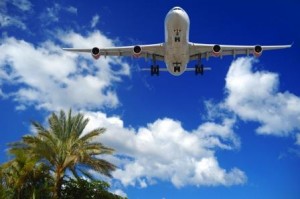Tremendous advances have been made over the last 25 years in the overall Aviation Safety Environment, driven in a large part by the work of the International Civil Aviation Organization (ICAO). Considering the size of commercial aviation in previous decades there was a significant number of accidents.

Causal factors for early accidents included the lower level of technology which was available, in addition our lack of ability to perform effective SMS Hazard Identification & Risk Management.
Historically Regulation was relatively low level with manufacturers responsible to develop standards rather than to demonstrate compliance with an external regulatory standard. As oversight depends on demonstrating conformity with a particular standard, in the absence of a standard it is going to be difficult to drive a safety approach in any significant way.
Driven by a reactive process typically driven by a response to aircraft accident “causal factor” investigations both in respect of changes in technology and improvements in infrastructure which facilitated better quality management of safety processes.
Over the time Aviation has become one of the most regulated environments it is possible to encounter. Whilst this did indeed deliver a reduction in accidents it has brought us to something of a plateau.
Accidents still occur sometimes with devastating or catastrophic consequences, the reality today is that the major cause of accidents is related to human error which in some way is able to impact the overall process increasing the level of risk and exposure.
The believe persisted in aviation which supposed that safety could in fact be guaranteed as long as rules are followed and that deviations from these rules are fully investigated and the perpetrators “disciplined” or “punished” in some way.
While this perspective was quite effective in identifying “what” happened, “who” did it and “when” it happened, it was considerably less effective in disclosing “why” and “how” it happened
While at one time it was important to understand “what”, “who” and “when”, increasingly it became necessary to understand “why” and “how” in order to fully understand safety breakdowns.
In recent years, significant strides have been made in developing this understanding.
By the mid-1990s human behaviour or human performance continued to be identified as a predominant and also recurring factor in safety breakdowns.
An early misconception was to incorrectly focus on the individual who is identified as instrumental in the causal factors rather than the environment which should protect the individual by providing him and her with process procedures effective oversight, training and competence management systems.
Once the role of the organization was identified as instrumental in moving on from the plateau we are again seeing advances in the entire management of safety within the organization. The focus increasingly paying attention to Human, Technical and Organizational factors.
Sofema Aviation Services offers Safety Management System Training across many organisational roles and business areas.
For details please see www.sassofia.com or email office@sassofia.com
Tags:
Human Error, Risk Management, Aviation Safety, Hazard Identification




